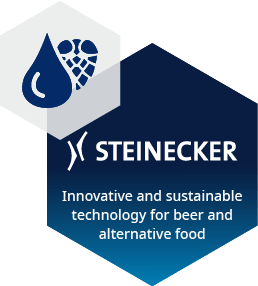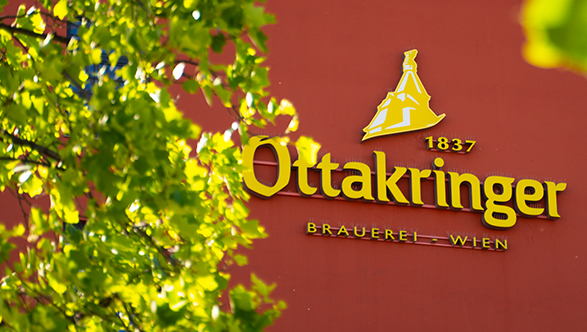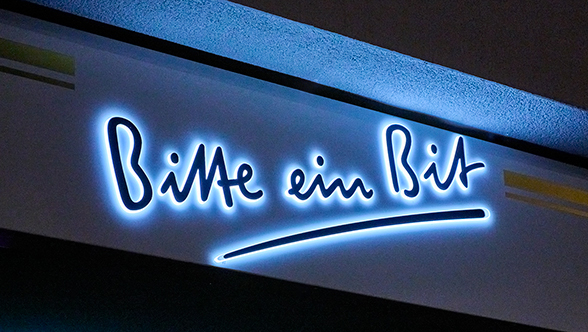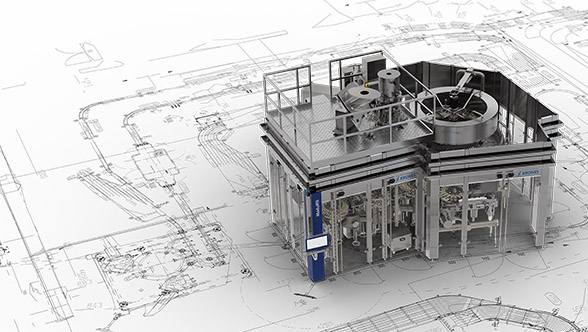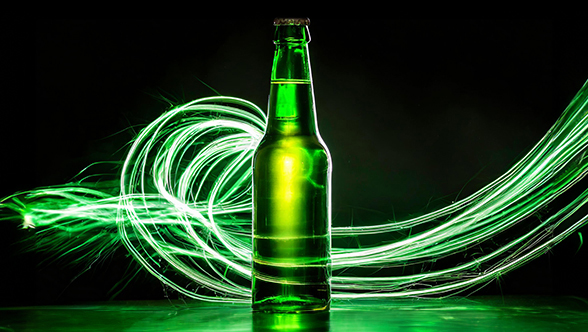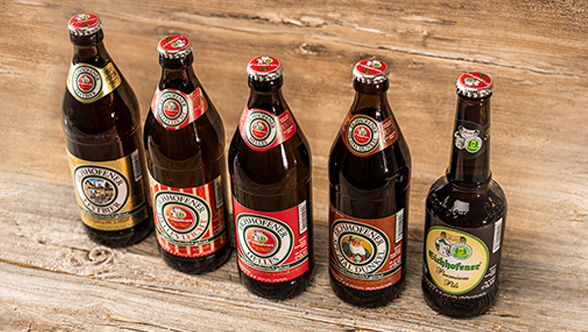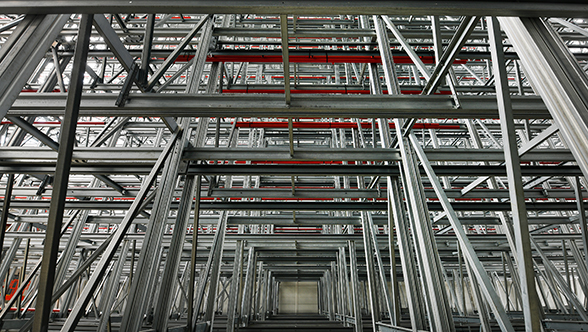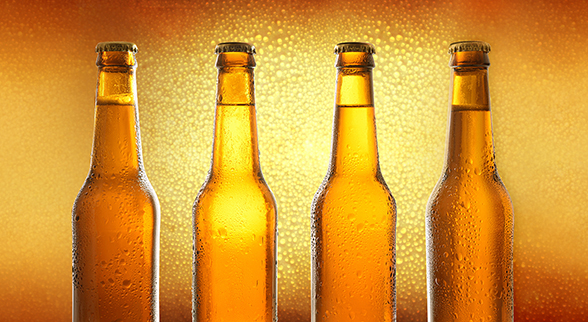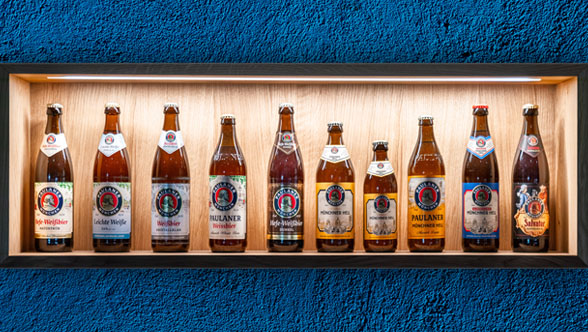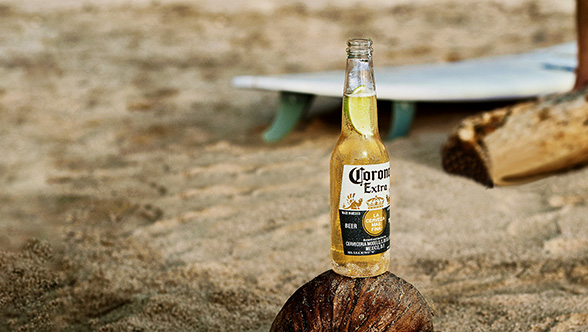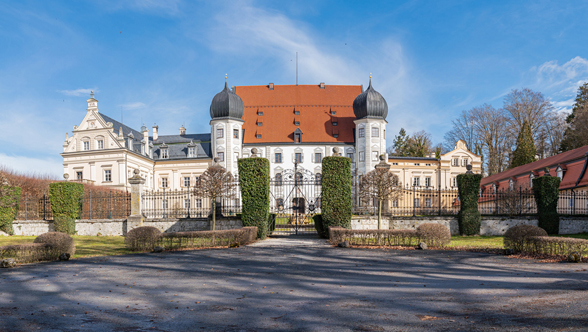Planning for a new brewing plant in Meoqui, in Mexico's northern state of Chihuahua, began back in 2009. At the time, the company seeking to build its seventh brewery was still the Cervecería Cuauhtémoc Moctezuma. Heineken bought out the Mexican beverage group FEMSA in 2010 and, with it, also acquired its subsidiary Cuauhtémoc Moctezuma. In 2018, Heineken put the new brewery into operation.
Krones was awarded the contract to deliver a new 60,000-bph returnable-glass line to Heineken Mexico's plant in Meoqui.
Steinecker, the brewing technology expert within the Krones Group, was responsible for all of the process technology. When the time recently came to increase the plant's filling capacity, Heineken chose Krones filling technology for the first time for this site. The main reason: The plant's bottling range includes the "cuartito" bottle, a 190-milliliter returnable pool bottle that is used by all Mexican breweries for their national, regional, and local brands. These bottles are manufactured with relatively large tolerances in diameter (up to +/- three millimeters). That's a lot. And it's something that must be taken into account when determining how the bottles are handled during filling. In addition, Mexican breweries don't use plastic crates for their returnables pool but rather returnable cartons, which sometimes make their way back to the brewery in less-than-optimal condition. The combination of the cuartito bottle and the returnables cartons made for a complex engineering challenge.
At the time, however, Krones had already found good solutions for other Heineken breweries in Mexico, and Heineken wanted to leverage this positive experience for the new line as well.
| Project: | 60,000-bph returnable-glass line |
| Customer: | Cervecería Cuauhtémoc Moctezuma |
| Location: | Meoqui, Mexico |
| Commissioning: | End of 2023 |
| Scope: |
Turnkey 60,000-bph glass line, including
|
Special features:
The line fills Amstel Ultra as well as Tecate, Dos Equis, Sol, and Indio beers into three different types of bottles: the 190-milliliter cuartito, a 325-milliliter standard, and a 325-milliter premium bottle, all of which are packed into 4x5 cartons. Heineken had very exacting requirements for the line's configuration. All three bottle types should be filled at the same, high speed of 60,000 bottles per hour, and all of the machines should be able to reliably handle the challenging cuartito bottle, of course. In addition, it should be possible to run the line with minimal operator intervention.
In general, Heineken demanded a high degree of sustainability and flexibility, short changeover times, and high efficiency as well as ease of operation, maintenance, and cleaning.
The new line in detail:
To allow for the depalletizer and palletizer to be placed in the same work area, the line is configured in a U shape. The filler and the labelers feature clamping starwheels to ensure secure handling of the cuartito bottles. Because they can compensate for the variations in diameter, they make it possible to achieve better performance. The returnable cartons are best processed using a Contipac pick-and-place packer, which Heineken has already retrofitted to several of its existing lines in Mexico. To enable operation that is separate from the packer, the carton erector and sealer are laid out as stand-alone machines. The two labelers are set up parallel to each other. So, if there is a stoppage on one, the other can pick up the slack by running at up to 75 percent of the total combined output. The pasteurizer will be fitted with a pasteurization monitoring system, a closed cooling tower, and dynamic transfer at the infeed and discharge conveyors. Automatic caustic dosing is planned for the bottle washer, as is a relatively long caustic treatment time.

